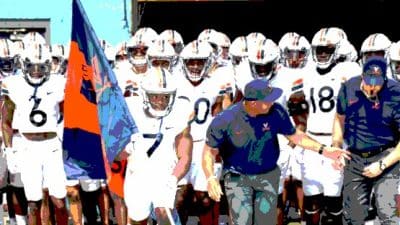As archery is becoming a more and more popular sport, the recurve bow is a great starter bow that belongs in the equipment arsenal of any beginner. Recurve bows are also well known due to their appearance in the Olympics. It’s a traditional and basic style of bow that isn’t fancy or too complicated, and is typically made out of wood or laminates. Modern recurve bows often come with stabilizer rods, balance weights, and, most importantly, sights, a tool for better accuracy.
Although a peep sight is the most common choice, peep sights aren’t important for a lot of situations. Before you purchase a sight for your recurve bow, you should understand that any type of sight won’t help someone who can’t hit targets even if they’re close. For these people, their technique is the problem, not the sight on the bow, and the problem won’t be fixed with a peep sight. If you use sights as a way to improve your archery, you’re not focusing on your technique, stance, or draw length or weight. This results in bad performance, as time goes on.
In order to determine whether you’re having trouble with your sight, or just having issues shooting in general, you should run this test with a friend: ask to shoot a few arrows from a range of about ten yards, using a sight, then repeat the test with a plain bow that doesn’t have a sight. If having a sight didn’t make any difference, your problem is likely from individual technique or stance. Although this won’t help you find a solution that’s permanent, it will help you figure out whether you need to invest in a sight or not. If the sight does make a positive impact, you can now move on to choosing the best model.
How to Discover The Best Sight for Your Recurve Bow
Once you’ve determined that you do indeed need a sight, and that it’s a necessary aspect to getting your technique to improve, then you need to determine what type of sight to purchase, and which model specifically you should invest in.
This is the step that can be very confusing, especially to beginners, as there are hundreds of different sights available on the market. Luckily, you can narrow it down to three basic types of sights, and then you can try to find the best model within each category. You can use this guide to make your decision.
Type #1: The Open Ring
This type of sight is so named because it’s merely just that– a ring that’s open and which you can look through. Line up your target, so it’s aligned with the middle of the ring. This simple technique can help you get better shots. It’s an effective, reliable, and cheap type of sight for recurve bows.
However, many people find this type of sight to be effective only for shooting that’s short-range. It may not make a very positive impact if you’re shooting far-range. You may not be able to get the target properly lined up within the open ring, if the target is really far away. In order to get an example of this, you can form a circle with your index finger and thumb. It won’t be a very big circle. Put your hand out so the formed circle is as far from your face as the sight would be as you use your bow. Then, look at different targets through the formed circle, and look at targets that are differing distances way, beginning with ten yards. You’ll understand the problem. There are some models of open ring sights that aim to solve this issue, but you may be better off with the second type of sight.
Type #2: The Pin Sight
There are two types of pin sights–the “multi-pin” ones, and the “single-pin” ones. Single pin sights are best when you’re aiming at targets that are static, and which are at a permanent, or fixed, distance away. The multi pin sight is better adapted for targets that are moving, because you can select a pin that matches the distance that the target is in the moment; multi pin sights allow for calibration. You typically will have a pin for the typical distance you use as you shoot, another pin for longer distances, and one more pin for shorter distances. Three pins is usually enough for most users.
The negative aspect to this type of sight is that they’re difficult to put on wooden bows. If you have another type of material for your bow, or a riser that’s metal, it’s easy to get pin sights. If it’s wooden, however, you will have to get inserts or holes put into your bow in order to attach a pin sight. Take this into consideration as you shop pin sights. However, overall, pin sights are very basic and simple and you won’t make a bad choice if you go with them.
Type #3: Target Sights
These sights are very advanced, and most likely will be the most expensive on the market as you shop around. Usually, their price begins in the hundreds. Target sights are considered to be the greatest, which means that they unfortunately cost a lot. Some people prefer to take their hundreds, and merely purchase a new bow. Some of the most serious hunters, however, invest in a Target Sight.
These sights calculate certain factors, and have adjustments for both vertical and windage. They can bring ultimate accuracy for many users. However, considerable skill is needed in order to be able to handle these great sights, and they are not recommended for beginners. Only archers who are very experienced will be able to use them effectively.
Conclusion
Archery is becoming very popular, and those who are new to the sport may be lost when it comes to getting a sight for their bows. Luckily, there are only three main types, and two of them are very effective and affordable for beginners. Use the guideline above, to find the best recurve bow sight for you.










